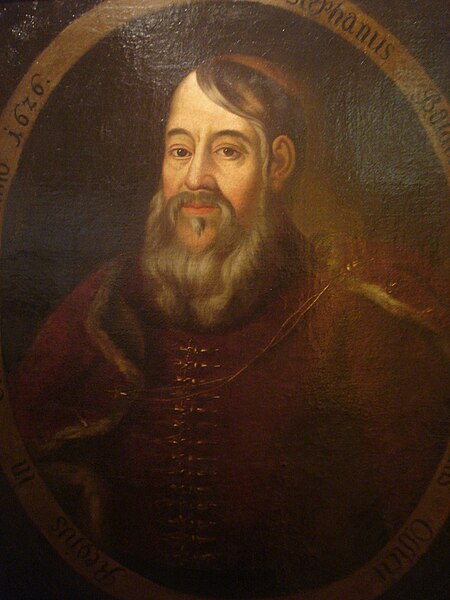Croatian nobility was a privileged social class in Croatia during the Antiquity and Medieval periods of the country's history. Noble families in the Kingdom of Croatia included high ranking populates from Slavonia, Dalmatia, Istria, and Republic of Ragusa. Members belonged to an elite social hierarchy, normally placed immediately behind blood royalty, that possessed considerably more privileges or eminence than most other classes in a society. Membership thereof typically was often hereditary. Historically, membership in the nobility and the prerogatives thereof have been regulated or acknowledged by the monarch. Acquisition of sufficient power, wealth, military prowess or royal favour enabled commoners to ascend into the nobility. The country's royalty was heavily influenced by France's nobility resulting members of the Royal Courts to assume French titles and practices during French occupation. The controversial assumption of French practices contributed to wide spread political and social elitism among the nobles and monarch. The nobility regarded the peasant class as an unseen and irrelevant substrata of people which lead to high causality revolts and beheadings as well as sporadic periods of intense domestic violence.

Coat of Arms with two gryphons on the Draskovic Family's personal residence at Trakoscan Castle (18th century?)
Duke Muncimir's Latin charter from 892 (transcript, 18th century?): divino munere Croatorum dux ("By God's grace, Duke of the Croats").
Stjepan Patačić, protonotary of the Kingdom of Slavonia and Deputy Ban (Viceroy)
Count Josip Kazimir Drašković, general of the Habsburg monarchy imperial army
Knin is a city in the Šibenik-Knin County of Croatia, located in the Dalmatian hinterland near the source of the river Krka, an important traffic junction on the rail and road routes between Zagreb and Split. Knin rose to prominence twice in history, as the capital of both the medieval Kingdom of Croatia and briefly of the self-proclaimed quasi-state Republic of Serbian Krajina within the newly independent Republic of Croatia for the duration of Croatian War of Independence from 1991 to 1995.
A view of Knin from Knin Fortress
View of the Knin Fortress from the city center
11th-12th century stone fragment from the Church of Saint Bartholomew in Kapitul next to Knin, representing a mixture of Glagolitic and Cyrillic scripts
Knin Fortress probably from the 6th or 10th century








